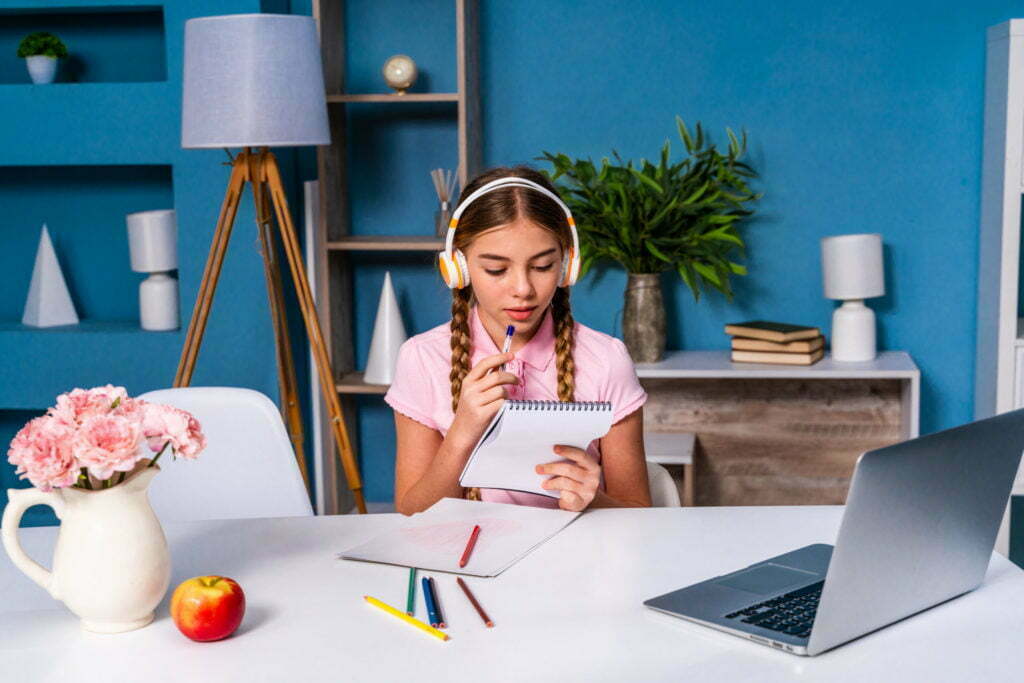With more and more children learning from home, many parents are struggling to keep their kids on track with their studies. Unfortunately, at-home distractions can be difficult to manage, and if not monitored, could be impacting your child’s ability to learn. In this article, we will discuss how to identify and manage at-home distractions, so that your child can get back on track with their studies. Keep reading.
Home Maintenance Issues

Home maintenance issues can feel like a distraction to your child’s ability to learn. Replacing a residential roof is a major home improvement project that requires careful planning and attention to detail. Depending on the age of the existing roof, it may be necessary to replace parts or all of it in order to protect your family from the elements while also increasing your home’s value. When doing a residential roof replacement, there are several important considerations that must be taken into account including selecting an appropriate type of material for the climate in which you live, researching local contractors and warranties available for their services, budgeting for any potential surprises along the way, and understanding any relevant building codes or regulations in your area. With fewer maintenance issues, your child can focus on their homework without distractions.
Smartphones and Mobile Devices
Establishing “no phone zones” in the home is an effective way to reduce distractions that may be impacting your child’s ability to learn. Allowing devices such as smartphones and laptops into the home can make it difficult for children to focus on their studies, as they are constantly being bombarded with notifications from social media and other apps. Establishing designated areas where these devices must be turned off or left outside will help limit your child’s access to potential distractions. This could include setting a rule that phones must be placed in a specific spot at night before bed, establishing no-phone zones during study time, or making sure that electronics are not used during family dinners. Setting up boundaries around when and how electronic devices can be used will ensure that your child has enough time away from their device to properly focus on their school work without any interruptions. It is also important for parents to model good technology habits themselves by leading by example; if you are following the rules set out for your kids, then they are more likely to follow along as well.
Spending Too Much Time Indoors

Physical activity has been proven to offer many benefits that go beyond just helping with exercise; it helps build social skills, improves coordination and gross motor development, encourages creativity and imagination, reduces stress levels in both children and adults alike, increases self-esteem levels among young people as well as having a positive effect on academic performance due to increased ability to concentrate for longer periods of time. Allowing more outdoor playtime enables children to explore nature which is often an overlooked aspect of their education that can lead them towards discovering new interests or hobbies in addition to providing much-needed fresh air after days spent indoors staring at screens! Last, but not least, spending time outdoors is good for mental health by reducing anxiety levels while increasing happiness through natural Vitamin D intake from the sun.
If your child is having trouble at school, they may also benefit from tutoring services. Just search for “math class near me” to find the best tutoring service.
Overall, at-home distractions can have a significant impact on a child’s ability to learn. From the distraction of technology to the inability to focus due to the home environment, it is important to create an atmosphere that supports learning. Setting limits, providing structure, and establishing routines can go a long way in helping children stay focused and motivated to learn.



